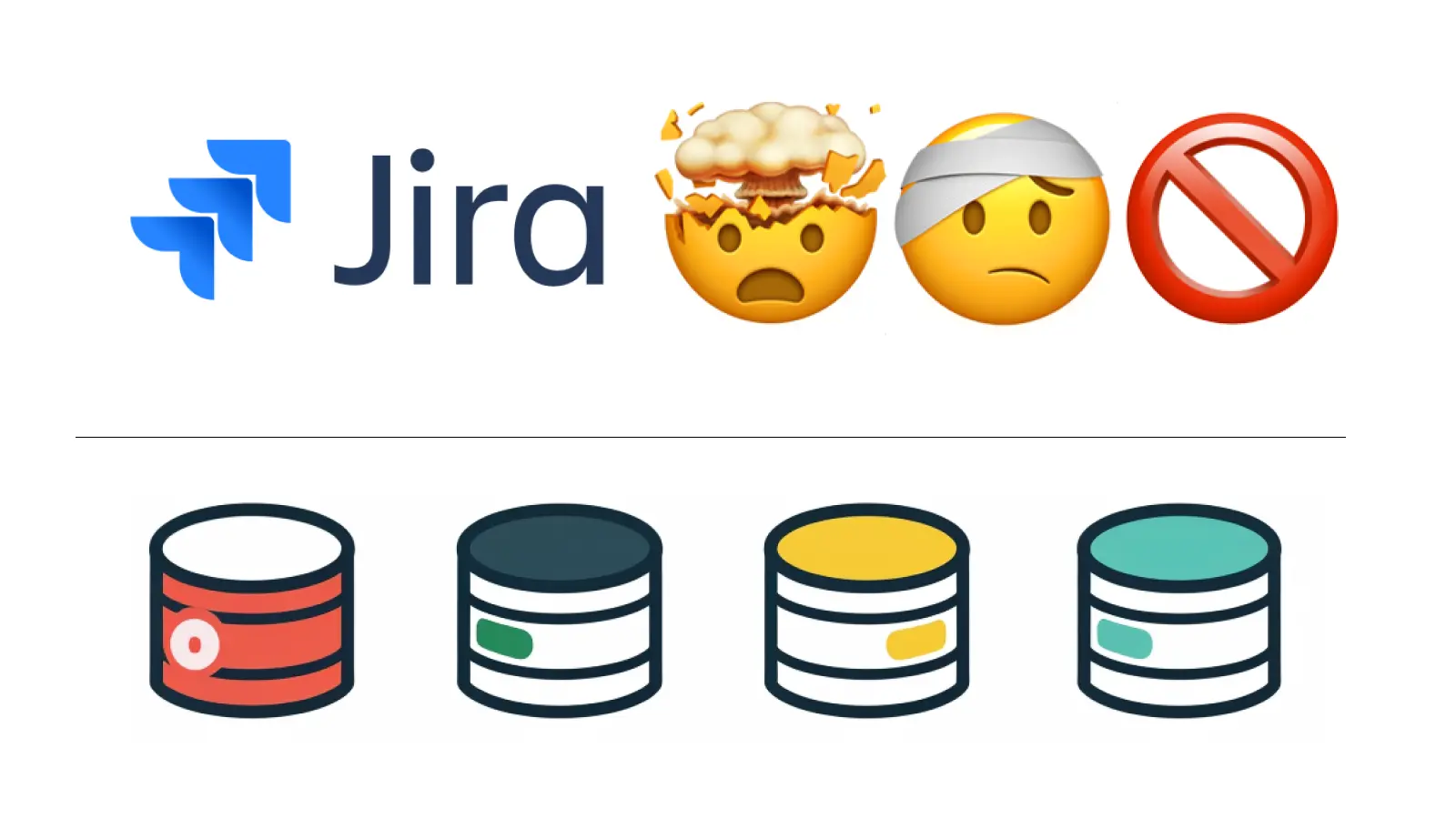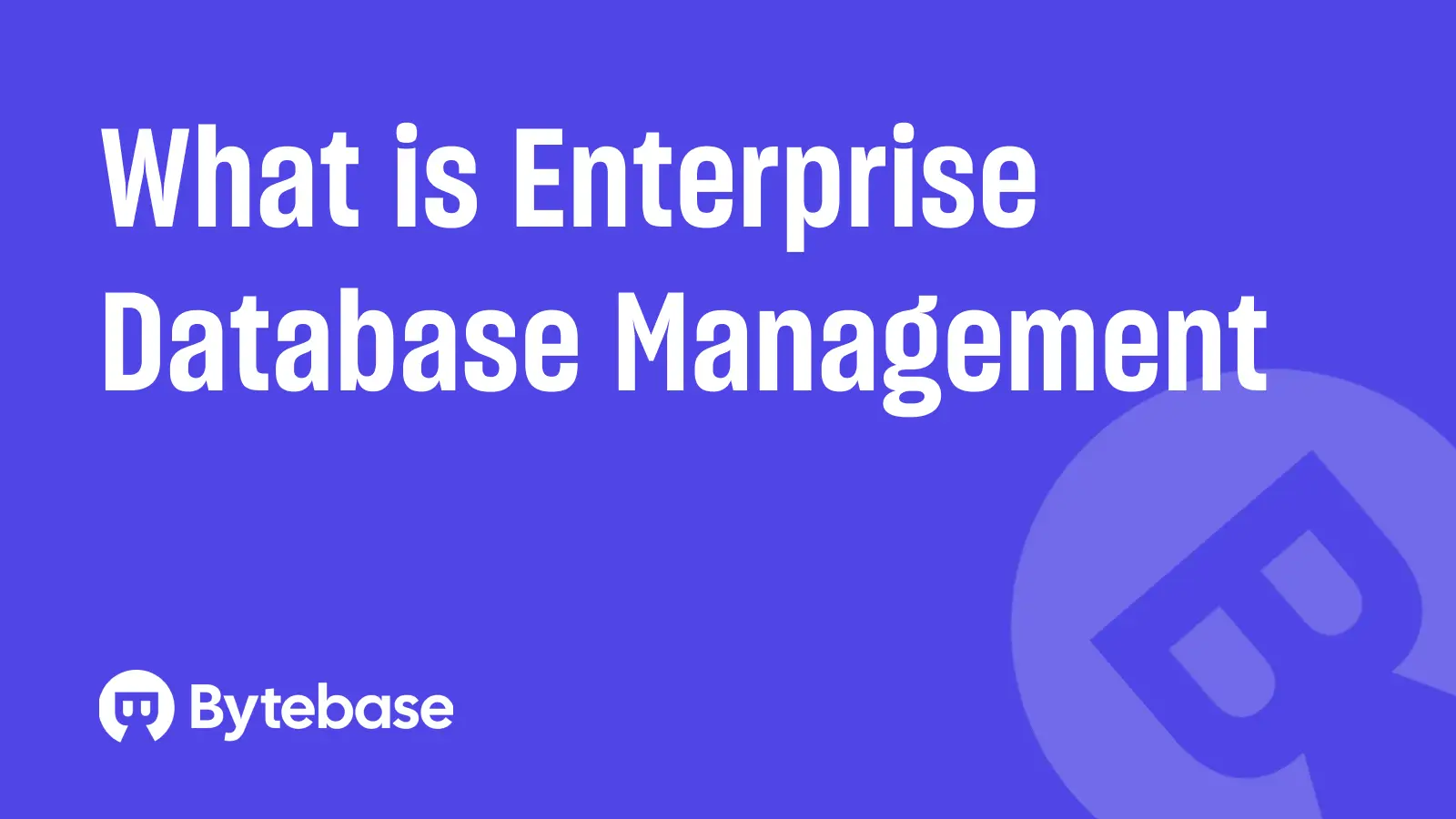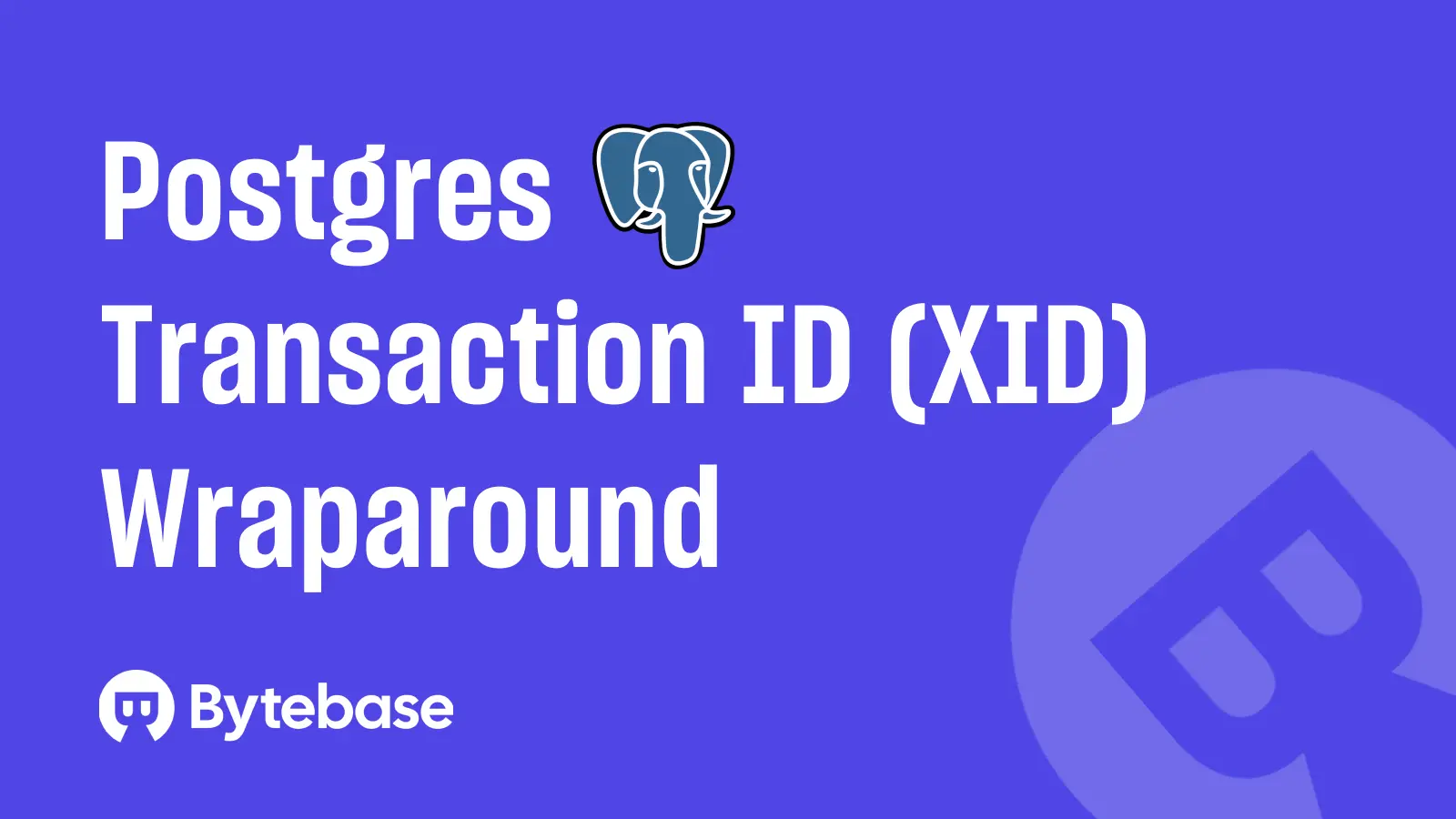
As the engineering team grows and more database change operations are executed on a daily basis, we need to find a centralized way to coordinate and enforce the database change process. A quick approach is to rely on the existing in-house ITSM (IT service management) or a simple ticketing system. Among them, Jira is probably the most popular option.
A Typical Jira Setup
-
Define a custom Jira workflow. You may define a dedicated status set for the database change process. e.g.
Created,Reviewing,Pending Rollout,Completed. -
Define a custom Jira issue type and some custom fields such as
SQL,Database,Rollout Time. -
Create roles for the reviewers (normally DBA or the project owner) and requesters (normally the developer) respectively.
Database Change Workflow
The similar workflow can also be applied to other database tasks such as requesting query access and data export.
-
The developer creates a Jira issue to request the database change. She fills the issue with the
SQL,Databaseinfo. The issue status isCreated. -
The DBA gets assigned to the issue according to the configured workflow. DBA reviews the SQL and leaves a comment under the issue. The issue status is
Reviewing. -
After several back-and-forth communications, the DBA approves the issue and changes the issue status to
Pending Rollout. -
The DBA pastes the SQL from the Jira ticket into their favorite SQL client and execute.
-
The DBA updates the issue status to
Completed.
Space for Improvement
With Jira, teams can now have a centralized place to review and coordinate the database changes. However, there is still plenty of space for improvement.
Disconnected Review and Rollout process
-
The DBA needs to manually paste the SQL to a different place to execute it. The DBA could paste the wrong SQL or execute against the wrong database (the infamous mistake of pointing to the production database incorrectly).
-
Change histories are obscure. It's hard to track why, when, and how a database change happens.
Lack of Customization for the Database Domain
Database changes can get quite complex:
-
Propagating the changes across different environments.
-
Batch changing multiple databases having the same schema (typical for multi-tenant/multi-region setups).
-
Enforcing automatic SQL lint checks.
-
Streamlining rollbacks.
It's challenging to force a general issue ticketing system to handle the specialized database tasks.
Why Bytebase
Many customers come to Bytebase from Jira because of the aforementioned challenges. Similar to Jira,
Bytebase has the concepts of Project, Issue. Additionally, Bytebase defines some database domain-specific concepts as first-class citizens, such as Database Instance, Database, Environment, Changelist. Bytebase provides an integrated
experience to plan, review, and deploy database changes.



